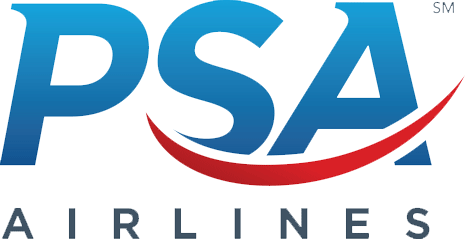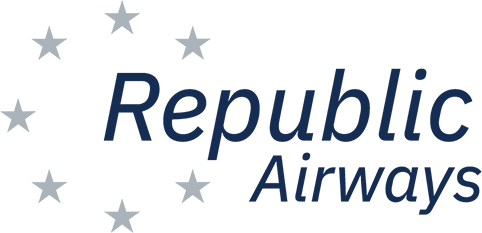Who We Are
Regional airlines provide critical links connecting communities throughout North America to the national and international air transport networks and the vast economic benefits that connectivity brings. It is likely that you have flown on regional airlines regularly. In many cases, flights with fewer than 100 seats feature major airline branding and are operated by regional airline partners under code-sharing agreements. These airlines have their own operating certificates and their own employees. Some regional airlines serve communities through the Essential Air Service (EAS) program. Often, regional airlines are the only viable transportation link for small communities.
RAA provides a unified voice of advocacy for North American regional airlines aimed at promoting a safe, reliable and strong regional airline industry and serves as an important support network connecting regional airlines and industry business partners, enabling them to share best practices.
For all the talk of digital connectivity—smartphones, tablets, the internet, social media and more—the underpinning of the modern world rests on a reliable, safe air transport network. You cannot have surgery via Twitter. You cannot attend a wedding or a funeral via FaceTime. A manufacturer needs a physical supply chain, and a small business cannot ship and receive goods over the internet.
There are 570 small community airports in the U.S., and air service to these airports generates $134 billion of economic activity in the respective communities. In addition, the 570 small community airports create 1 million jobs that generate $36 billion in wages and commensurate tax revenue to the states and communities that receive commercial air service.
Percentage of all scheduled passenger departures in 2021 operated by regional airlines.
Percentage of U.S. airports with scheduled passenger service to which regional airlines provide the only passenger air service.













